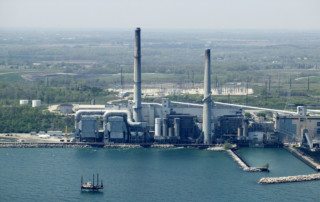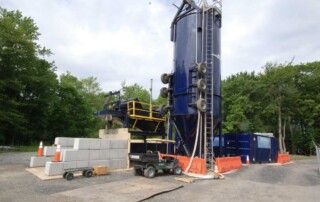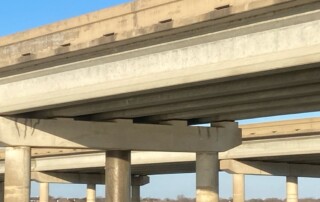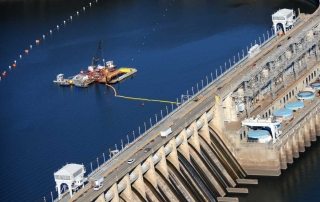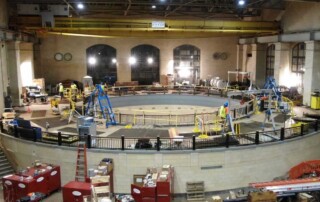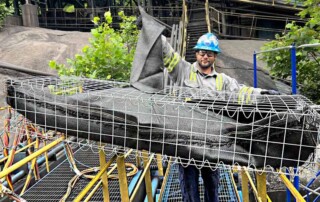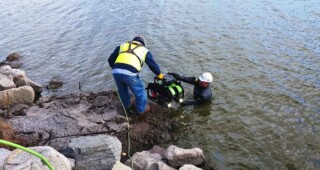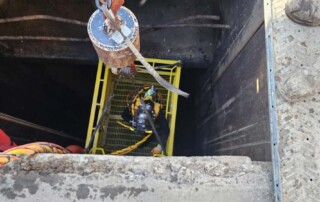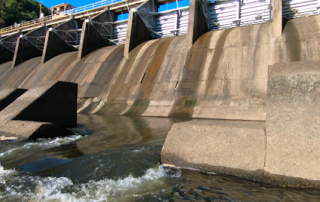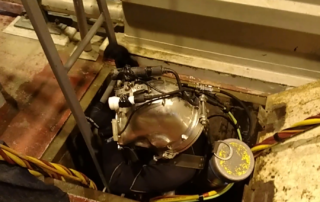Expertise in Fossil Power Plant Decommissioning
As fossil fuel plants facilities reach the end of their operational life, fossil power plant decommissioning has become a critical need across the U.S. Utilities and general contractors are tasked with safety, efficiently, and cost-effectively dismantling aging infrastructure, often under complex regulatory and environmental conditions. With decades of experience [...]
